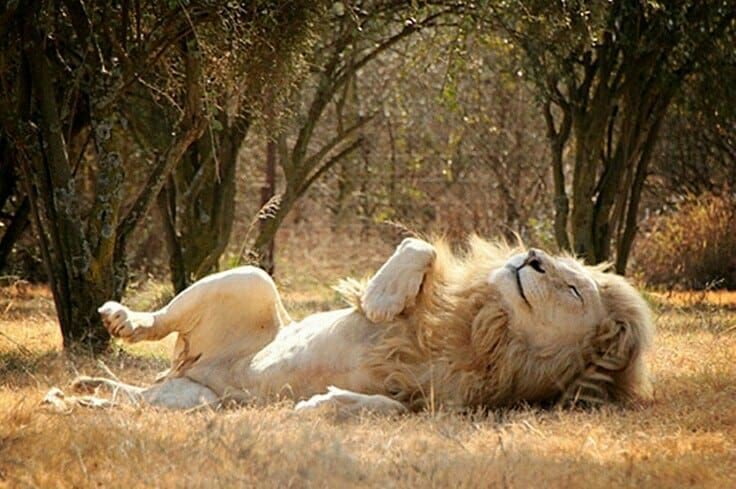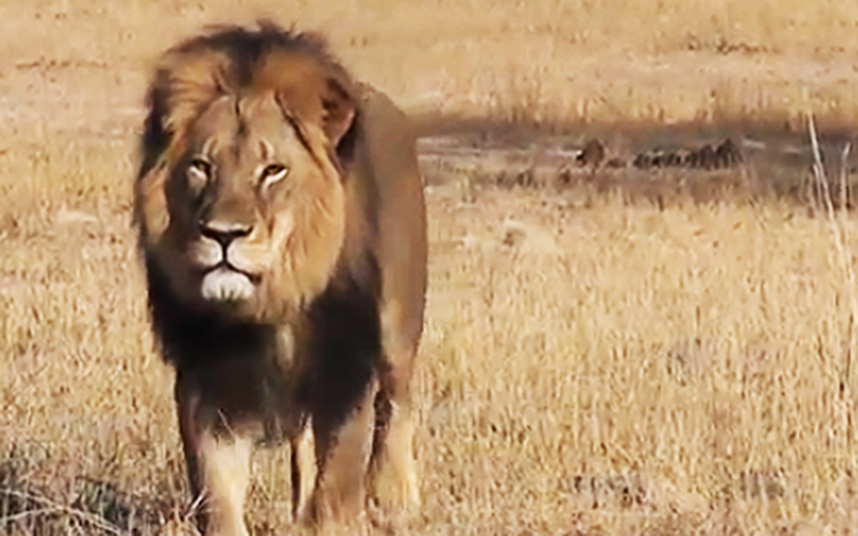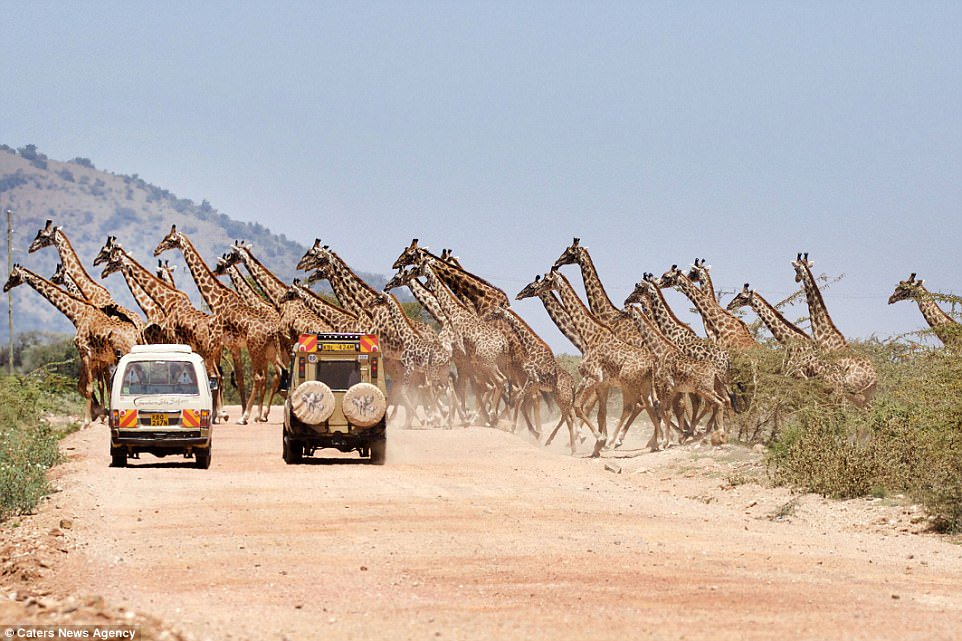In the early hours of the morning, before the heat of the day sets in, a small team of field researchers opens the gates of their campsite and ventures into the heart of Kruger National Park. They will spend up to eight hours searching for lions.
This dedicated team is part of the Endangered Wildlife Trust (EWT), and they are halfway through the second leg of their spatial capture-recapture survey. The aim is to determine how many lions there are inside Kruger Park.
Last year, during the dry season, the team spent three months in northern Kruger, looking for lions, and this year, they are six weeks into their fieldwork in central Kruger.
Partnering with South African National Parks (SANParks) and the Lion Recovery Fund, the EWT uses GPS tracking technology to monitor the movements and habitat use of these majestic creatures. This research will culminate in a much-needed population estimate, the first since 2016, providing crucial data for conservation efforts.
“Understanding the population size is critical,” says Marnus Roodbol, EWT’s lion coordinator and senior field biologist. “It helps us know what we have, and what we need to protect.”
A day in the life
For these lion researchers, their day begins before 6am; after a quick breakfast, the team packs their essentials — snacks, cameras, tracking equipment — and sets off before first light.
The team spends about four hours each morning driving through the park, covering predetermined routes, even ones where they don’t think lions would be (like areas with no water or prey), to avoid bias.
They rely on luck, knowledge of lion behaviour, and sometimes even tips from tourists and guides to locate these elusive predators. A few lions are collared, with the GPS on the collar pinging a lion’s location every few hours, but even then, much of the search comes down to being in the right place at the right time.
When they do spot a lion, the real work begins. The team meticulously photographs each lion’s face from both sides, focusing on the unique whisker spot pattern that serves as a lion’s fingerprint. After a midday break back at camp, they go through the images, cataloguing them and determining whether it’s a recapture or a new lion.
Interactive content by Flourish
“The densities are not super high here, so it makes finding them even more special when you do,” said Alison Govaerts, a PhD candidate at Stellenbosch University and co-lead of the EWT lion spatial capture-recapture survey.
Why do we need to know the population of lions?
Dr Sam Nicholson of the EWT explains that knowing the number of lions in the wild is essential for effective management and conservation. Population trends – whether stable, increasing, or declining – dictate the necessary interventions to protect these animals.
“Kruger is a stronghold for lions, with a healthy population,” explained Govaerts, who is collaborating with EWT because she’s using a lot of this data for her PhD thesis on lion movement behaviour and connectivity in Kruger National Park and the adjacent Limpopo National Park.
“However, even in large parks like Kruger, monitoring is vital. Lions are vulnerable to various threats, and it’s hard for their populations to recover from declines.”
Lions face numerous challenges, including human-wildlife conflict, habitat loss, and the impacts of climate change. With African lions classified as vulnerable, maintaining a healthy population in Kruger is crucial for the species’ survival.
Threats to African lions
The threats to Africa’s lions are complex, often rooted in socio-political factors such as poverty, governance issues, and human pressures.
The Great Limpopo Transfrontier Conservation Area, which includes Kruger Park and adjacent protected areas in Mozambique and Zimbabwe, is one of the last strongholds for lions. However, even in these protected areas, dangers such as snaring bycatch and targeted poisonings are causing lion populations to decline.
Roodbol explained that the most significant threat to lions – which all fall under the umbrella of habitat loss on par with anthropogenic pressure – is snares and secondary poisoning.
“Most lions in Southern Africa have been killed as bycatch, part of the illegal bushmeat consumption, which happens in protected areas,” said Roodbol.
Dozens of snare lines are set for wild meat like wildebeest and impala in protected areas, and lions are drawn into the area because of rotting animals caught in a snare and which are not checked by those who laid them. Roodbol explained that only 20% of these snares are checked, leaving a significant risk for other animals.
Directed poaching is another threat, where snared animals are poisoned to either attract lions or other carnivores. And when the lions eat the carcass of the snared animal, they die from ingesting the poison.
“The amount of people actively hunting lions is very low,” Roodbol emphasised, explaining that the majority of people living on the border of Kruger are not involved in these practices and that many do not benefit from conservation.
Counting lions: The science behind the survey
Counting lions is no easy task. In a recent study, the EWT, in collaboration with other research institutions, reviewed various methods used across Africa to estimate lion populations. They found that spatially explicit capture-recapture analysis, which involves capturing and recapturing data through camera traps and direct observations, is the most reliable.
The EWT researchers spend three months in northern and central Kruger, but they rotate camps every two weeks and drive their mapped route multiple times to avoid bias and so the team can build a detailed picture of the lion population in Kruger.
Then their partners at the Lion Conservation Trust combine and input all the information received in a sophisticated computer model to calculate the probability of encountering a number of lions within an area. This determines, amongst other indicators, the home ranges of lion prides.
But what’s interesting about this technique is how researchers are able to identify individual lions to make sure they don’t count the same lion twice.
Using whisker patterns as fingerprints
Each lion has a unique whisker spot pattern on the top row of its cheeks, much like a human fingerprint. This method of identification, developed in the 1970s, allows researchers to track individual lions over time, contributing to more accurate population estimates.
“That’s how you identify lions, because they don’t have spots like leopards or wild dogs, so it’s really hard to tell them apart if they’re the same sex and age.”
When the EWT team finds a lion, they carefully photograph its whisker patterns from both the left and right sides. These images are then compared to previous sightings. If the lion is a new individual, it is added to the pride’s catalogue; if it’s a recapture, the data helps researchers understand the lion’s movements and behaviour.
The catalogue serves as a valuable tool for tracking the health and dynamics of lion populations in Kruger. Over time, it builds a detailed picture of each lion’s life, from its movements across the park to its interactions with other lions and its environment.
What keeps them going
“People might think it’s a bit boring, driving around and taking pictures of lions every day,” said Govearts.
“But it’s really necessary, because many charismatic animals from the African wild, even the lion, are classified as vulnerable.”
She added, “There are still communities here that have to live with lions and national parks on their doorsteps, so it’s important to study lions, but also include humans into the equation.”
“What’s scary is that I was in this camp when I was 12,” said Roodbol, speaking to Daily Maverick outside the gift shop at Mopani Camp after eight hours of driving, looking for lions.
Roodbol recalls coming to this camp when it was first built with his family as a child – “there was strong wind, and my dad was braaing outside. And I used to be so scared — of lions, of everything. I was so scared I would sit with my chair against the wall,” he said.
“We heard a lion roaring super loudly that night, because of this wind.
“And I think to myself, if you take away that,” he said, motioning to the kids behind us who have come back from a game drive, “what’s the point?”
“Lions still scare me now, but I understand them. I’m so blessed to finish my career in the place that it started.”



















